Making Investments that Matter
We help managers modernize mission-focused programs and systems that people actually want to use. Return-to-Mission (RTM) is a change management technique that maps how your organization creates mission value and maximizes the return that modernized programs and technology deliver.
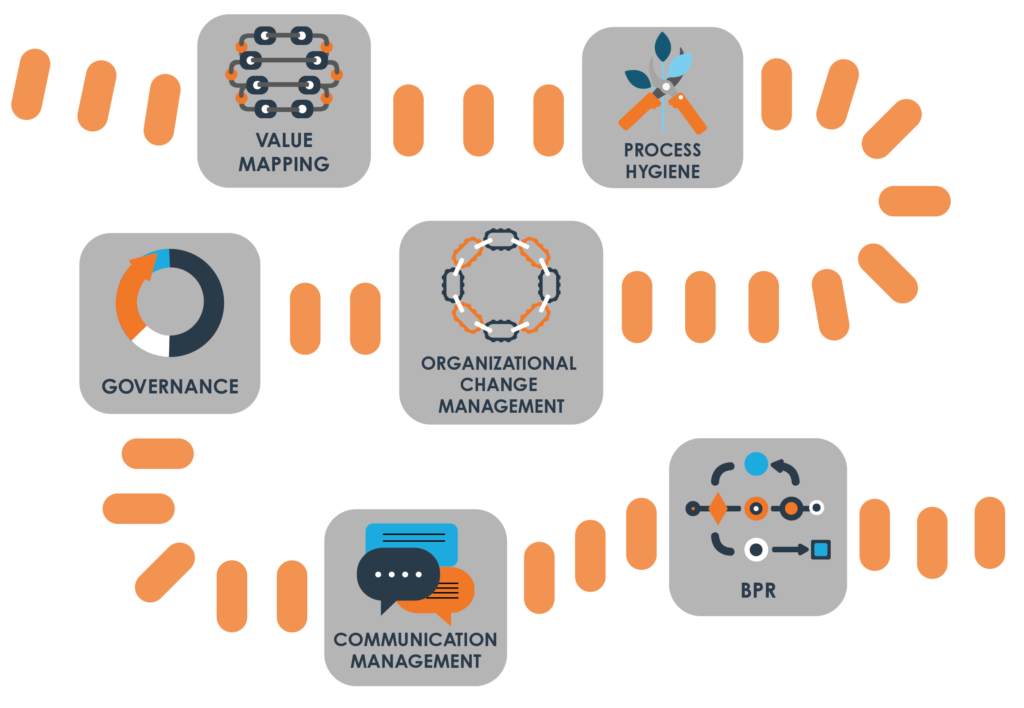
Value Mapping
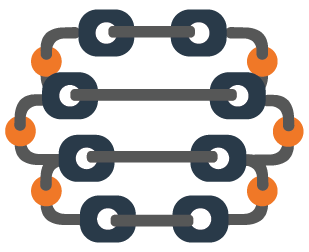
A logic-based approach to mapping how work happens within and across units to achieve mission and strategy outcomes. It helps uncover hidden stakeholders, unknown process and capability gaps, and unexpected benefits by visualizing inter-dependencies and necessary changes.
Process Hygiene
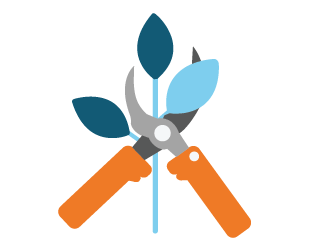
A process inventory identifying the process with the greatest opportunities for innovation and improvement. It roots out legacy processes that no longer serve a meaningful function or actively take away from work that produces real mission value.
Organizational Change Management
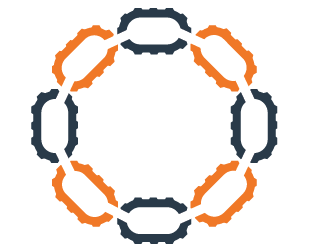
A mission-oriented framework for navigating and implementing large and small scale change through the organizational components of structure, resources, and functions. Combined with prominent people-focused approaches to change, the M Powered model allows leaders to understand how decisions about one component impact others and their ability to carry out the mission.
Communications Management

A comprehensive model to design, implement, and manage communications and ensure stakeholders understand, support, and actively contribute to your program’s success. More than a one-time plan, it is an adaptive process that recognizes that different audiences may need different information at different times.
Governance

Our leading-indicator-focused governance enables leaders to make data-driven adjustments to program effectiveness. More than managing for what didn’t happen, mission-centric governance enables proactive decision-making about what matters most.
BPR
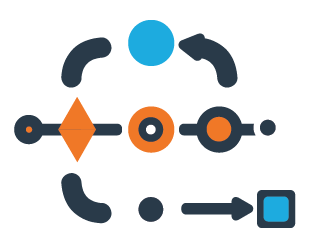
An industry standard approach that explores how changes in work can improve workflow to create mission outcomes. More than just automating existing processes, it incorporates human-centered design concepts and customer experience principles while improving critical performance measures like cost, quality, service, and speed.
